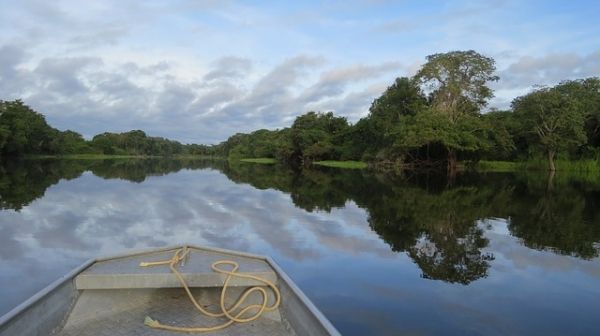Writing in Nature Comms (10.1038/s41467-020-15029-x), researchers from Bangor University, Southampton University and The School of Oriental & African Studies, University of London, reveal the speed at which ecosystems of different sizes will disappear, once they have reached a point beyond which they collapse – transforming into an alternative ecosystem.
For example, once the ‘point of no return’ is reached, the iconic Amazon rainforest could shift to a savannah-type ecosystem with a mix of trees and grass within 50 years, according to the work.
Some scientists argue that many ecosystems are currently teetering on the edge of this precipice, with the fires and destruction both in the Amazon and in Australia.
“Unfortunately, what our paper reveals is that humanity needs to prepare for changes far sooner than expected,” says joint lead author Dr Simon Willcock of Bangor University’s School of Natural Sciences.
“These rapid changes to the world’s largest and most iconic ecosystems would impact the benefits which they provide us with, including everything from food and materials, to the oxygen and water we need for life.”
Continue reading at Bangor University
Image via Pixabay, CC0 Creative Commons


